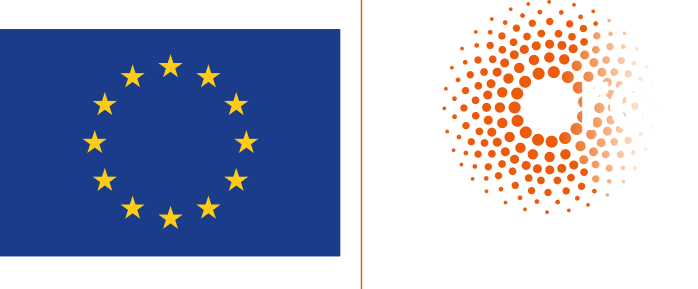METHODOLOGY
The methodological approach adopted in the VeNiss project includes a quite dynamic and articulated workflow that reflects the variegated composition of its inquiries and requires the integration of different methodologies and digital techniques, not necessarily developed as a diachronic model. The project combines historical and digital methods by intersecting historical data from different disciplines and integrating them into spatial and time georeferenced 2D and 3D reconstructions. Archival sources, digital media, and historical entities are displayed in a web-based research infrastructure that allows their interlinking, visualisation, and interrogation.
BIBLIOGRAPHIC RESEARCH
The first phase of the project concerns the collection of the entire bibliography on the lagoon. The extensive bibliographic documentation comprises: compendia on the islands’ history, theological texts and treatises by various religious congregations, books and essays on the architecture of lagoon monasteries and convents, historical guidebooks, art guides, and contributions on atlases and books of islands produced in Venice.
1.1. Bibliographic collection
1.2. Digitisation and storage
1.3. Data implementation
ICONOGRAPHIC RESEARCH
Alongside the bibliographic research, the team works on a wide range of iconographic documents: cartographic sources (aerial photographs, cadastral maps, and military surveys), historical visual sources (drawings, engravings, views, and photographs), architectural drawings, and works of art (paintings, frescoes, altarpieces, sculptures) located or produced in the islands.
2.1. Iconographic collection
2.2. Image acquisition and storage
2.3. Data implementation
2.4. Maps integration into the HGIS
PRIMARY AND ARCHIVAL RESEARCH
As with the bibliographic research, the archival investigation draws on a broad spectrum of historical sources: treatises, historical guidebooks, and chronicles; archives of religious communities; administrative magistracies’ documents; notarial deeds and inventories; government documentation; atlases and books of islands.
3.1. Archival sources collection
3.2. Data digitisation and storage
3.3. Data implementation
SURVEY CAMPAIGN
Likewise, the project requires the acquisition of morphometric information related to the existing space and architecture. Despite demolitions and abandonment, islands still preserve some traces of their centuries-old histories, in some cases barely emerging at low tide or entirely submerged. The research group from the Università degli Studi di Firenze is currently developing topographic and laser scanner surveys to measure the still-extant architectural structures. These results constitute the indispensable basis for acquiring the ground control points necessary to support the digital 2D and 3D reconstructions.
4.1. Spatial data collection
4.2. Topographic and laser scanner surveys
4.3. Multisource spatial data integration in HGIS
HISTORICAL GEOGRAPHIC INFORMATION SYSTEM (HGIS)
In order to digitally reconstruct the islands’ former configuration over time, the project employs a historical geographic information system (HGIS). This georeferencing tool is capable of integrating and displaying spatial information derived from cartography and combining it with quantitative and qualitative data. The team employs the open-source software QGIS as it has native support for geospatial databases using PostgreSQL through the PostGIS extensions.
5.1. Selection of iconographic sources
5.2. Georeferencing
5.3. Digitisation
5.4. Attributes’ implementation
HISTORICAL BUILDING INFORMATION MODELLING (HBIM)
Building on the HGIS features, and thanks to the extensive historical documentation, the project produces the elevations of select islands comprising all their transformations over time. VeNiss leverages on the technique of Building Information Modelling for historical representation (HBIM), a system that allows the construction of interoperable and semantically enriched 3D models embedded with time-based data about each building’s function, typology, material, architect, owner, and spatial relationships.
6.1. HGIS and HBIM integration
6.2. Architectural modelling
6.3. Model enrichment
6.4. Exportation
DIGITAL RESEARCH INFRASTRUCTURE
Archival documents, historical entities, and 2D or 3D reconstructions are integrated and rendered navigable in a newly designed geospatial infrastructure. This is an online 3D geospatial and time-based semantic platform that enables users to digitally navigate the historic lagoon while discovering its ancient appearance and socio-urban configuration. The infrastructure allows for a nuanced representation of the articulated and long-term relationships that once bonded the cluster of islands with the historical city centre and states across the Italian Peninsula and the Mediterranean.
7.1. Data curation and input
7.2. Map component configuration
7.3. Visualisation and search
7.4. HBIM models integration





















